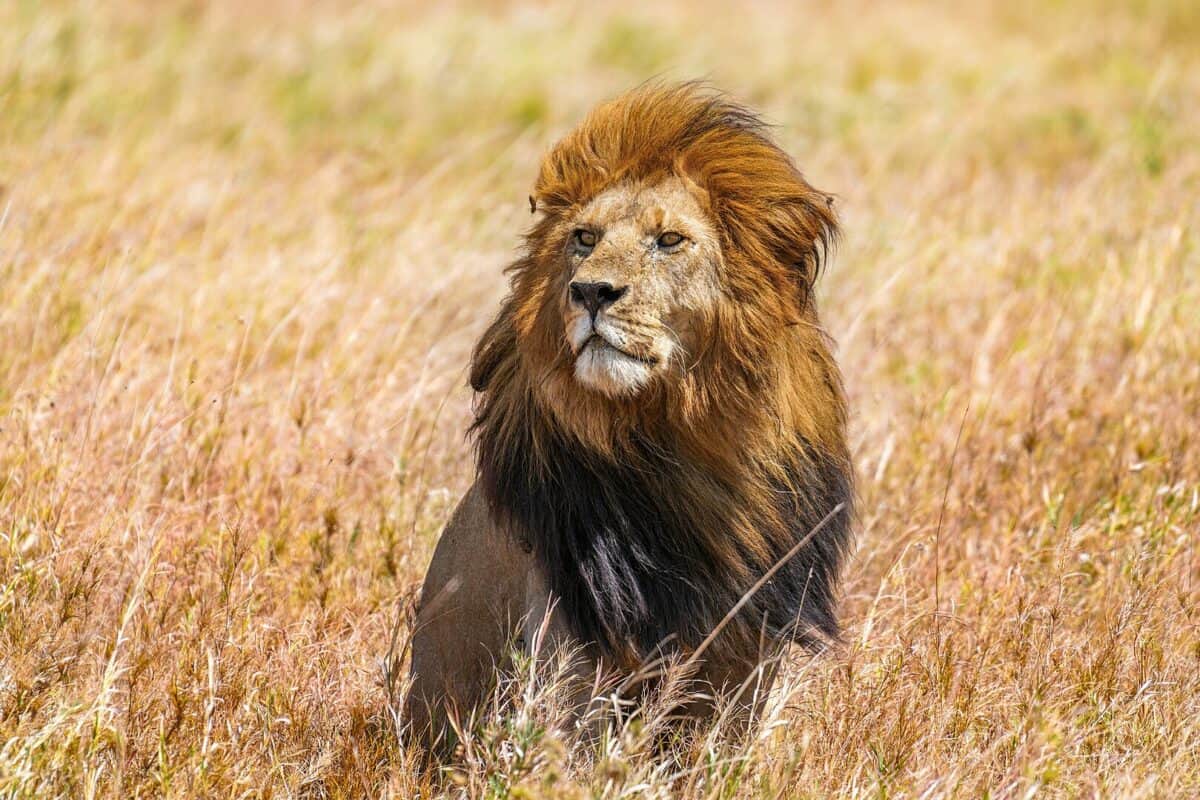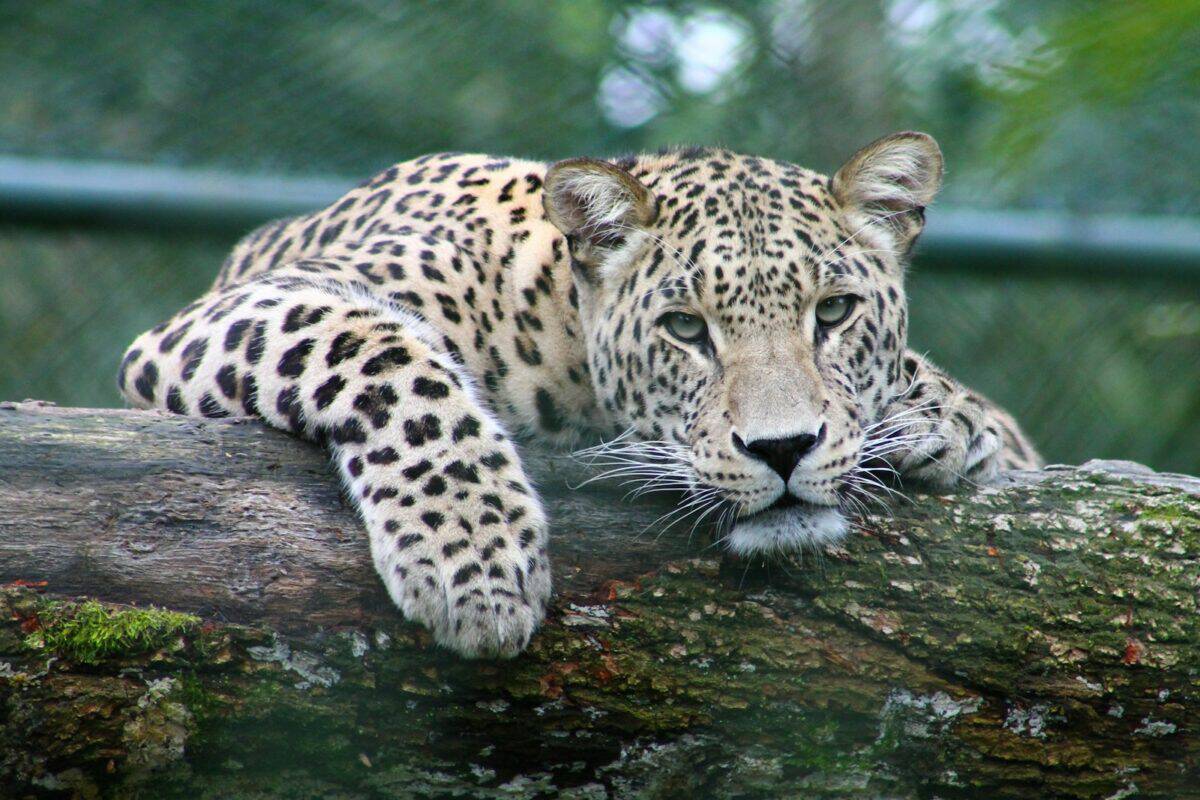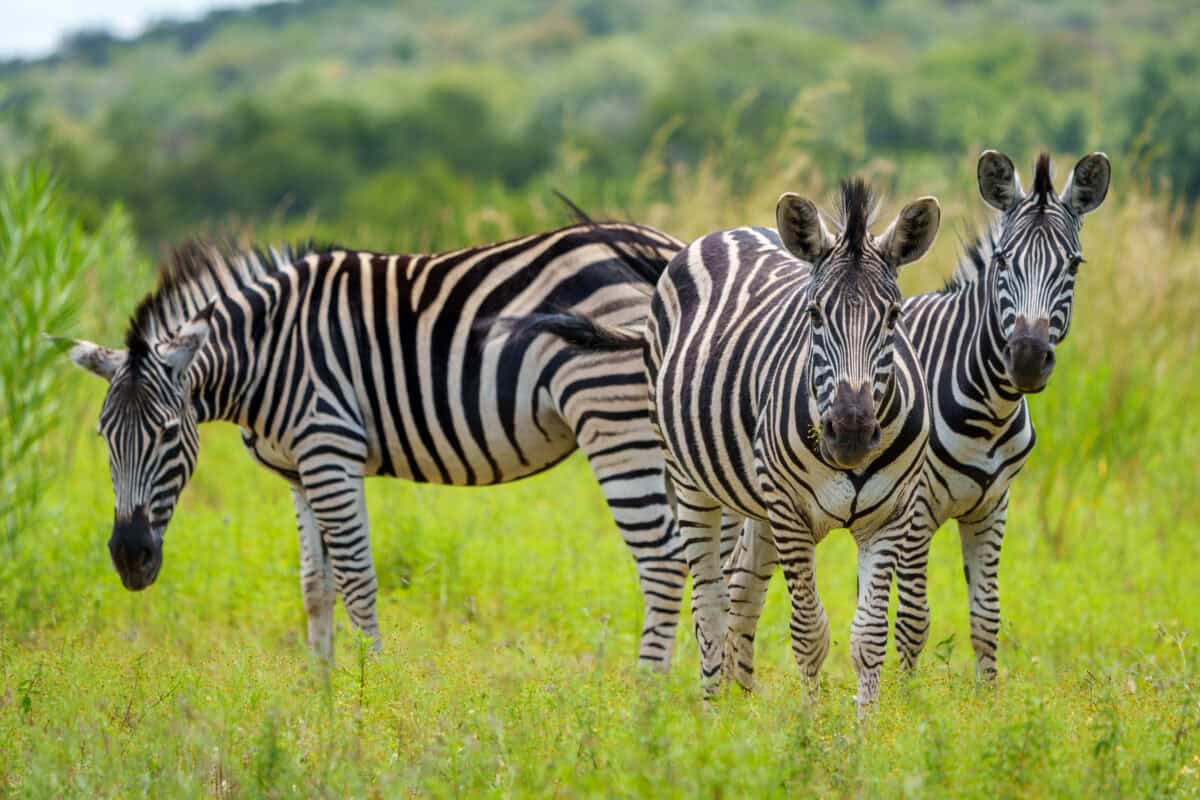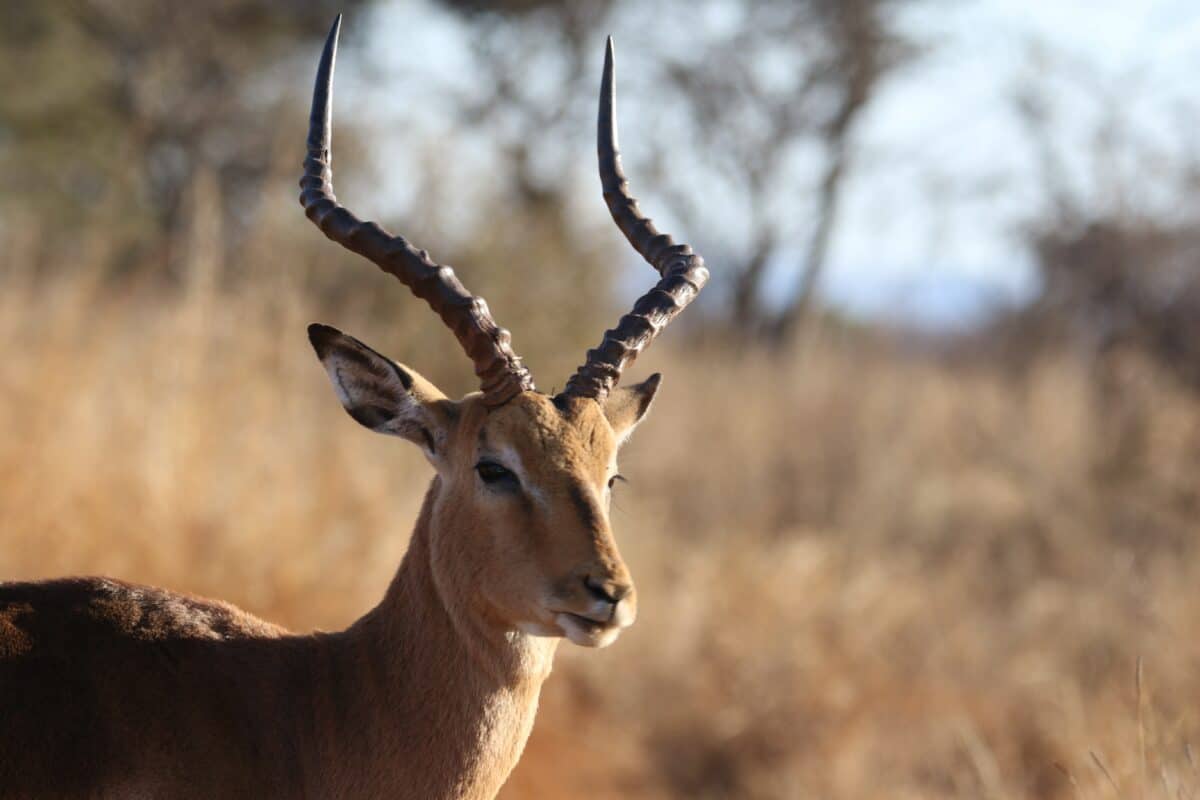The Serengeti, a vast ecosystem spanning northern Tanzania and southwestern Kenya, is renowned for its incredible biodiversity and the awe-inspiring annual migration of millions of wildebeest and zebra. This spectacular region, one of the most famous wildlife sanctuaries in the world, provides a habitat for a wide variety of species. This article explores the top 10 animals and wildlife that define the Serengeti, offering insights into their characteristics, behaviors, and the roles they play within this extraordinary ecosystem.
10. The Majestic Lion

The African lion, often referred to as the “King of the Jungle,” is a quintessential symbol of strength and majesty. In the Serengeti, lions are the top predators, playing a crucial role in maintaining the balance of the ecosystem by controlling herbivore populations. Known for their social structures, lions live in prides primarily composed of females, their young, and a few males. These apex predators are often seen lounging in the sun, conserving energy for their nightly hunts.
9. The Graceful Giraffe

Standing tall at the top of the wildlife hierarchy, giraffes are the tallest land animals in the world. Their long necks and legs allow them to reach high branches, making them essential in pruning tall trees and promoting dense, luscious thickets. In the Serengeti, giraffes move in loose herds, often seen munching on acacia leaves. They share a peaceful coexistence with other herbivores, contributing to the Serengeti’s vibrant ecology.
8. The Powerful African Elephant

African elephants are the largest land mammals, known for their intelligence, memory, and social complexity. Serengeti elephants live in matriarchal family units led by an experienced female. Their presence is vital to the landscape; as keystone species, they shape the environment by uprooting bushes and trees, which helps maintain the grasslands for other species to thrive.
7. The Swift Cheetah

The cheetah is celebrated as the fastest land animal, capable of reaching speeds up to 70 mph in short bursts covering distances less than 500 meters. In the Serengeti, cheetahs rely on their extraordinary speed and keen eyesight to hunt during the day, largely preying on antelopes. These solitary predators face numerous challenges, from competition for prey to habitat loss, making them a focus for conservation efforts.
6. The Elusive Leopard

Leopards are solitary and nocturnal predators, known for their adaptability and strength. They are elusive by nature and can be hard to spot in the Serengeti, often residing in trees to avoid competition from lions and hyenas. Leopards hunt a variety of prey, using their stealth and power to ambush and capture their meals. Their presence in the Serengeti contributes to the ecological balance by managing populations of smaller herbivores.
5. The Mighty African Buffalo

Commonly referred to as one of the “Big Five,” the African buffalo stands as a symbol of strength and resilience. In the Serengeti, these animals often form large herds providing safety in numbers against predators. Buffalos are herbivores feeding on grass, and their grazing habits help manage the plains’ grasslands, preventing overgrowth and fostering diverse plant life.
4. The Diligent Wildebeest

The wildebeest is a key player in the great migration, a spectacular annual event where millions of these animals move across the Serengeti in search of fresh grazing grounds. This epic journey impacts numerous other species and shapes the Serengeti’s ecological dynamics. Wildebeests enhance the soil with their droppings and trample the ground, aiding in seed dispersal and soil fertility.
3. The Social Zebra

Zebras are highly social animals that often accompany wildebeests in their migration. Recognizable by their distinctive black and white stripes, zebras play a crucial role in maintaining grassland health. Their grazing prevents the dominance of single grass species, maintaining the diversity necessary for a robust ecosystem. In the Serengeti, zebras rely on their numbers to reduce predation risk.
2. The Resourceful Hyena

Often misunderstood, hyenas are essential to the Serengeti’s scavenger community, contributing to the ecosystem’s cleanliness by consuming carcasses that predators leave behind. These resilient creatures live in matriarchal clans and exhibit highly complex social structures. Despite being skilled scavengers, hyenas are also adept hunters, often working as a team to bring down prey.
1. The Shy Thompson’s Gazelle

Thompson’s gazelle is a small and graceful antelope, known for its incredible speed and agility. These animals form large herds for protection and are a crucial food source for predators like cheetahs and lions. The presence of gazelles in the Serengeti is vital for the survival of numerous carnivores, reinforcing their role within the interconnected food web.
The Biodiverse Birdlife

Beyond its mammals, the Serengeti is home to over 500 bird species, adding vibrant colors and songs to the landscape. Notable among these are ostriches, the largest bird in the world, and the colorful lilac-breasted roller. Birds in the Serengeti play vital roles in pollination, seed dispersal, and pest control, ensuring healthy plant populations and supporting ecological diversity.
The Vital Role of Insects and Reptiles

While often overlooked, insects and reptiles are essential components of the Serengeti ecosystem. Insects, including dung beetles and ants, contribute to nutrient cycling and soil fertility through their activities. Reptiles, such as lizards and snakes, help control pest populations. Both groups form critical links in the food web, supporting birds and smaller mammals.
The Serengeti’s remarkable diversity of wildlife is more than just a spectacle; it’s a testament to the complex interrelationships that sustain this ecosystem. Each species, from the iconic lion to the tiny insects, plays a unique role in maintaining this balance. The protection and conservation of the Serengeti are vital not only for the animals that call it home but for the health of our planet’s biodiversity. By appreciating and understanding these connections, we can inspire efforts to preserve this natural wonder for future generations.
- How Leafcutter Ants Use Fungus to Grow Their Own Food - August 20, 2025
- 14 Weirdest Animal Adaptations - August 20, 2025
- This Snake Can Strike Faster Than the Blink of an Eye - August 20, 2025

